Not all Akitas are created equal.
Sure, they share the same ancient roots and a bear-like stare that stops people mid-step—but when it comes to personality, size, and loyalty style? The American and Japanese Akitas are worlds apart.
One is a bold, brawny guardian with a lion’s heart.
The other? A refined, fox-like companion wrapped in mystery and grace.
They both command attention.
They both inspire devotion.
But if you’re thinking about sharing your life with one, you’ll want to know what sets them apart—before those soulful eyes reel you in for good.
From their facial structure to their family dynamics, these two majestic breeds each bring something unique to the table (and your couch).
Let’s dive into 11 key differences that might just decide which Akita is your perfect match.
Choose wisely—this is no ordinary dog decision.
Size and Build
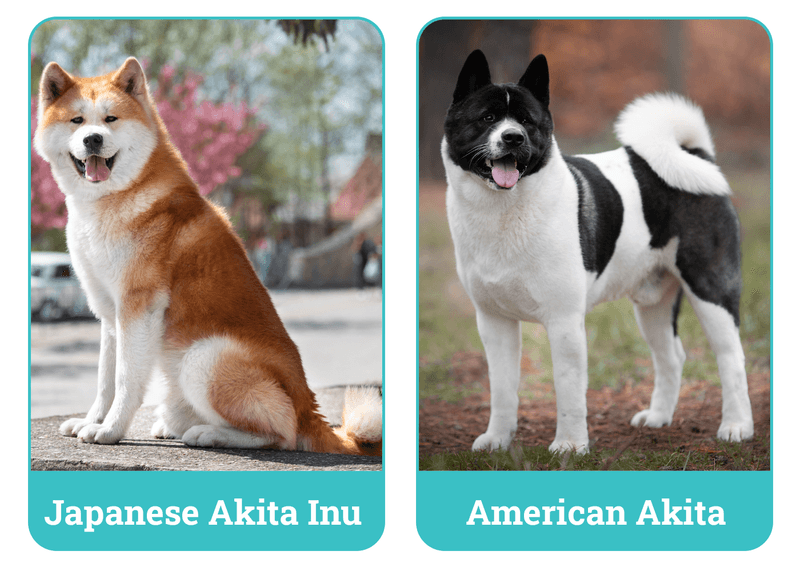
The American Akita is generally larger and more robust than its Japanese counterpart. Standing tall with a solid frame, the American Akita often weighs between 100-130 pounds. In contrast, the Japanese Akita is more refined, with a lighter build and weighing around 70-100 pounds. This size difference affects their presence, with the American Akita exuding strength and power.
Japanese Akitas possess a more graceful appearance, often portrayed in traditional Japanese art. Their size reflects their historical role as hunters in mountainous regions, where agility was more crucial than brute strength.
Head Appearance
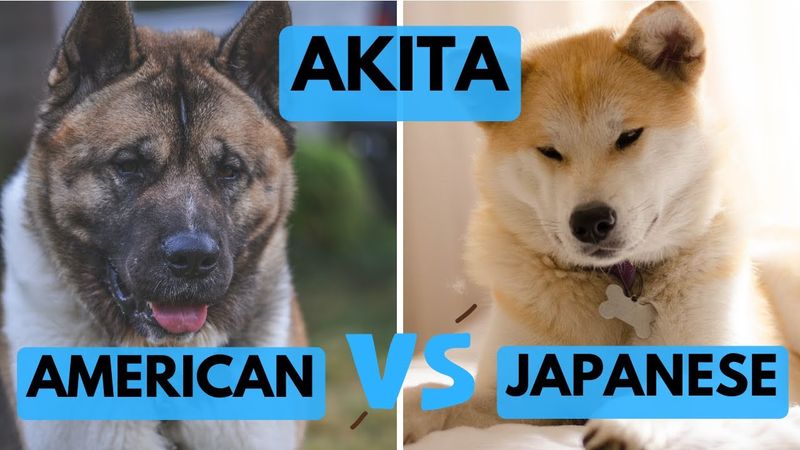
A prominent difference lies in the head shape. American Akitas have a broader head, reminiscent of a bear, combined with smaller eyes and a wide, deep muzzle. This gives them a commanding presence that is often sought after in show rings.
On the other hand, Japanese Akitas have a fox-like appearance, with a narrower head, almond-shaped eyes, and a more defined stop. This refined facial structure aligns with Japanese aesthetic values and contributes to their dignified demeanor.
Coat Colors and Patterns
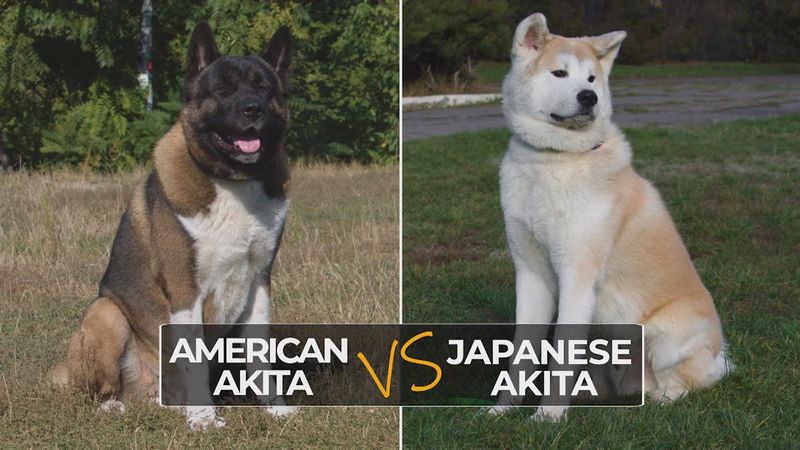
American Akitas enjoy a wide variety of coat colors, including pinto, brindle, and even solid colors. This diversity makes them attractive to those who appreciate variety. However, the Japanese Akita standard is more restrictive, often showcasing red, sesame, or brindle coats, always with white markings.
This distinction is rooted in the breed standards set by kennel clubs in their respective countries, reflecting cultural preferences. While both types have plush, dense coats suitable for cold climates, their color patterns are a clear differentiator.
Temperament
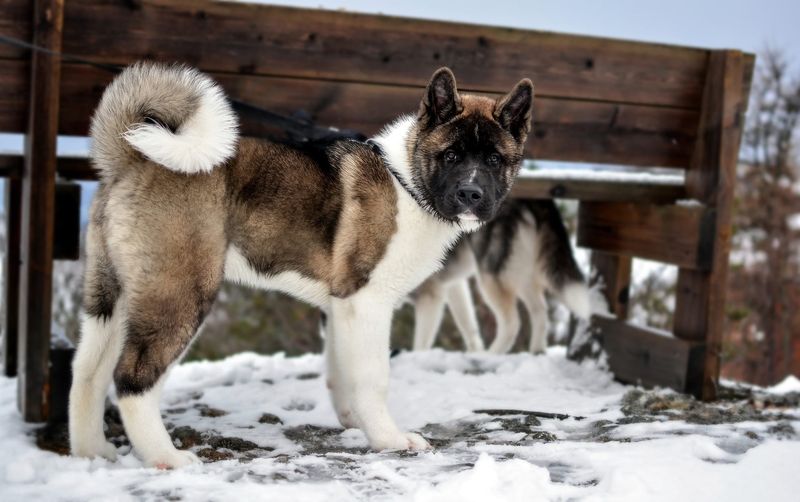
Temperamentally, American Akitas tend to be more assertive and protective, often taking on a guardian role in households. Their loyal nature comes with a strong will, requiring experienced handling.
Japanese Akitas, conversely, often display a reserved and calm demeanor, aligning with their origin as family companions. While both breeds are known for their loyalty, the Japanese Akita’s temperament is often more predictable and suited for quieter households.
Training plays a crucial role in shaping the behaviors of both breeds, emphasizing the importance of early socialization.
Function and Purpose
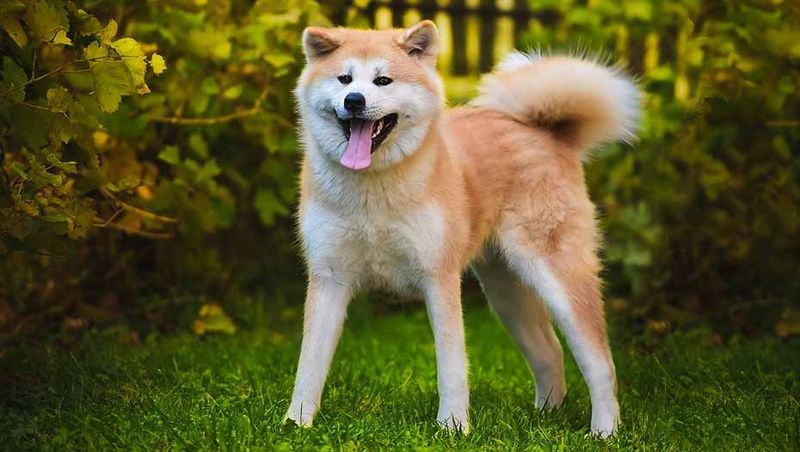
Originally, American Akitas were developed for working and guarding purposes, reflecting their strong build and assertive nature. They are often seen as reliable guardians of families and properties.
The Japanese Akita, however, has its roots in hunting, particularly in tracking elk and boar in the rugged terrains of Japan. This purpose is evident in their agile and cautious movements. Their roles have evolved, yet these historical functions remain a part of their identity, informing their behaviors and interactions with humans.
Ears and Tail
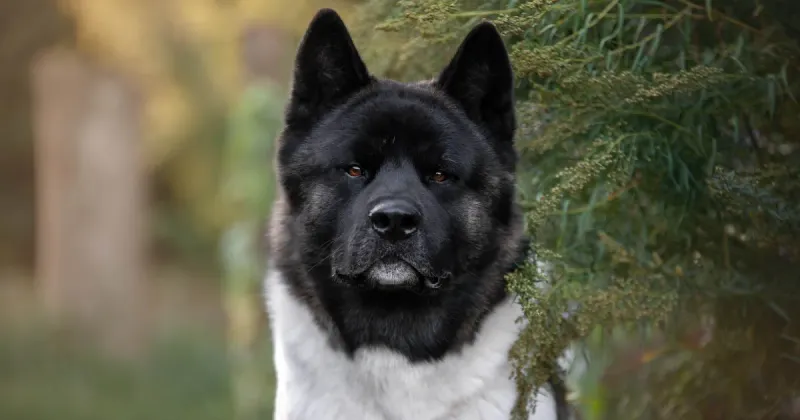
The American Akita’s ears are small and erect, set on a broad head, contributing to their alert look. Their tails are full, curled over the back, enhancing their imposing silhouette.
Japanese Akitas have slightly larger, more triangular ears set high on the head. Their tails are also curled, yet more closely aligned with the back, complementing their refined appearance. These differences, though subtle, play a role in the overall aesthetics and functionality of each breed, often reflecting their respective historical roles in society.
Grooming Needs
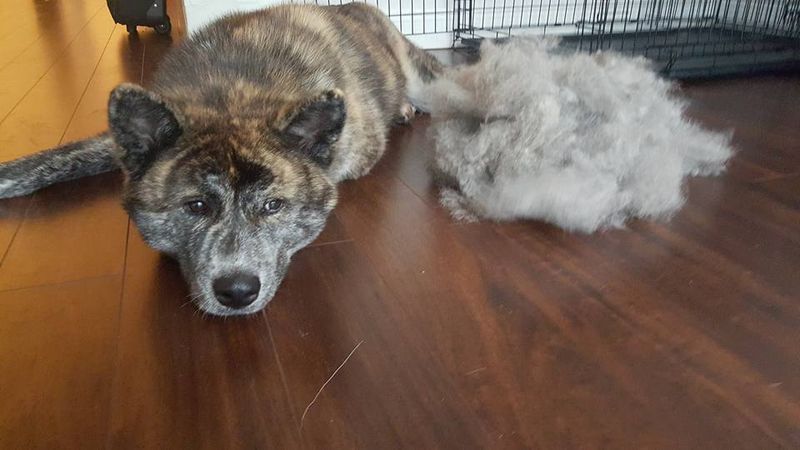
Both Akita types require regular grooming, yet their needs differ slightly. The American Akita, with its dense double coat, is prone to seasonal shedding, necessitating more frequent brushing during those times.
Japanese Akitas also shed but tend to have a coat that’s easier to manage due to their slightly less dense undercoat. Regular grooming not only maintains their appearance but also fosters bonding between the dog and owner. Understanding these needs helps potential owners prepare for the commitment required in keeping their Akitas healthy and well-groomed.
Life Expectancy
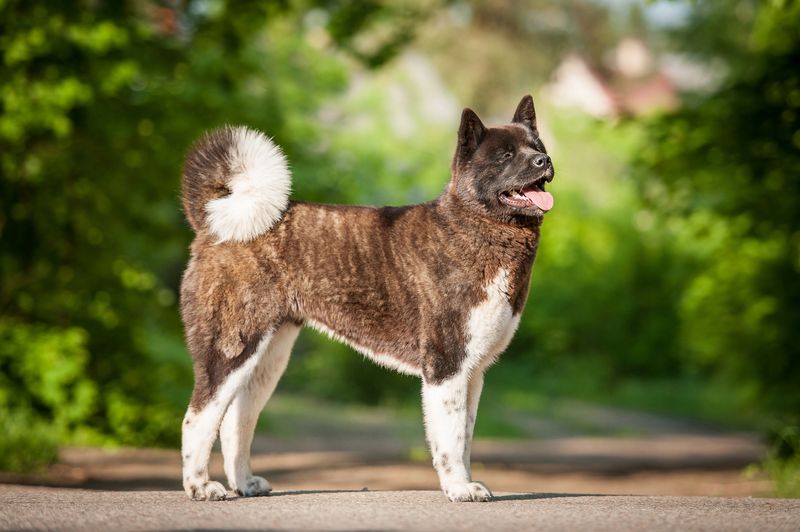
The life expectancy of Akitas can vary based on their type. American Akitas typically live between 10 to 13 years, whereas Japanese Akitas often enjoy a slightly longer lifespan of 12 to 15 years.
Factors such as genetics, diet, and overall health care significantly influence their longevity. Responsible breeding practices and regular veterinary care ensure that both American and Japanese Akitas lead healthy, fulfilling lives. Prospective owners should consider these aspects when choosing between the two, as longevity is an important factor in pet ownership.
Popularity and Recognition
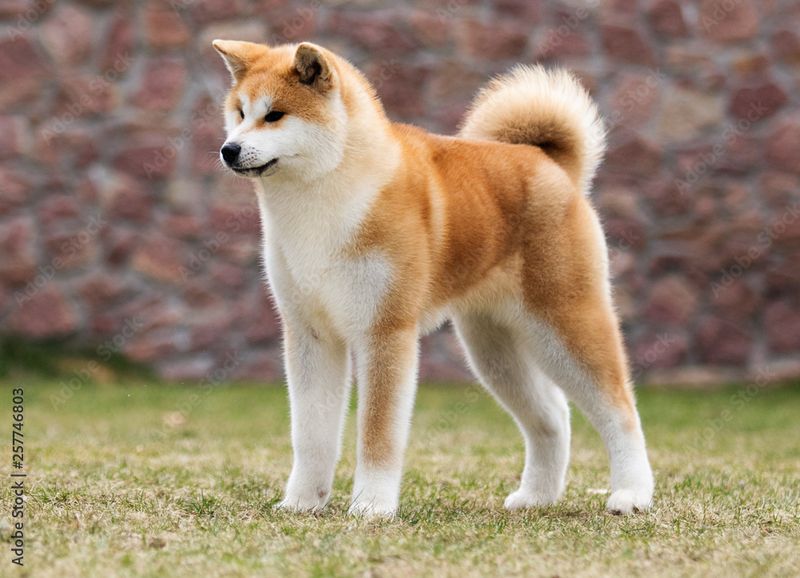
In the United States, the American Akita is more popular, often showcased in dog shows and known for its versatile role as a family companion and working dog. In contrast, the Japanese Akita enjoys a revered status in Japan and is considered a national treasure.
Both breeds are recognized by major kennel clubs, yet their popularity varies by region. This recognition reflects not only their unique traits but also cultural influences on dog breeding and selection. Understanding their popularity can guide enthusiasts in choosing the right breed for their lifestyle.
Training Approach
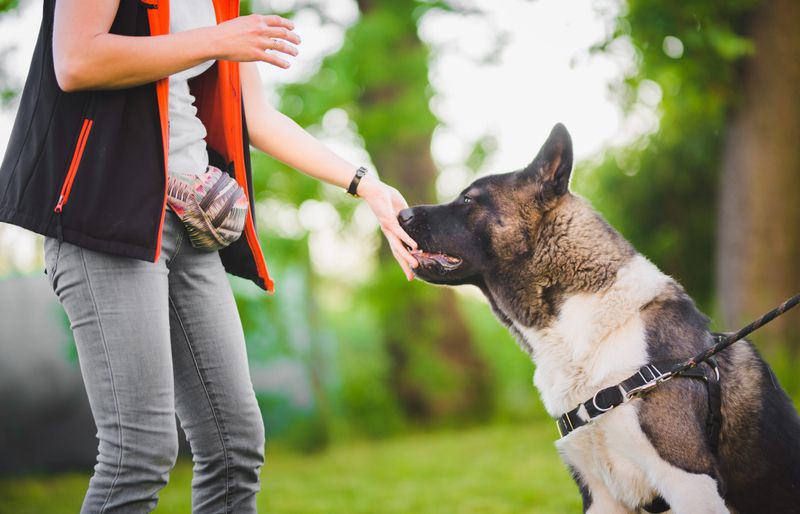
Training philosophies differ between the two Akita types due to their distinct temperamental traits. American Akitas, with their independent and strong-willed nature, often require firm, consistent training methods that establish clear boundaries and leadership.
Japanese Akitas benefit from a gentle yet consistent approach, capitalizing on their calm and reserved demeanor. Positive reinforcement works well with both breeds, but understanding their unique needs ensures a harmonious relationship. Tailoring training to match their personality enhances their natural abilities and aligns with their historical roles.
Historical and Cultural Significance
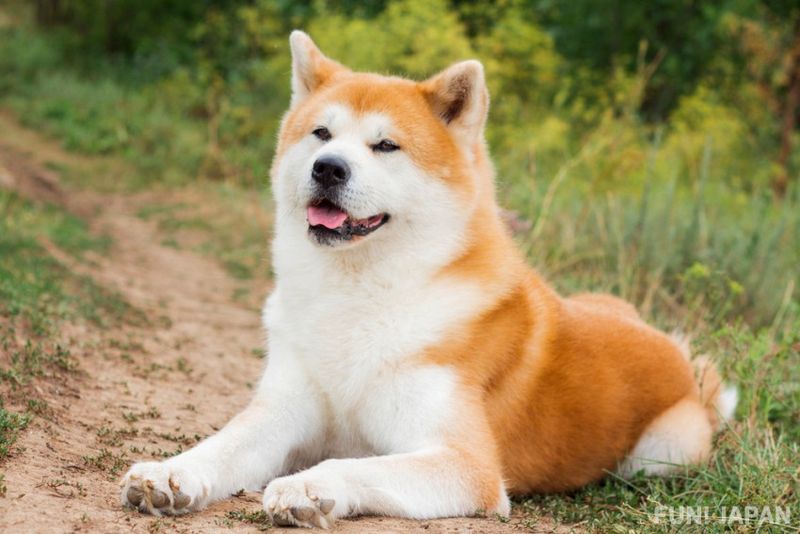
Both Akitas hold significant cultural value in their respective countries. The Japanese Akita is deeply rooted in Japanese culture, symbolizing loyalty and protection, often featured in folklore and art.
Conversely, the American Akita’s history is intertwined with its role as a working dog, gaining recognition for its service alongside humans. This cultural and historical backdrop enriches their identity, making them more than just companions. Appreciating these aspects fosters a deeper connection with these majestic breeds, honoring their legacy and contribution to human society.

